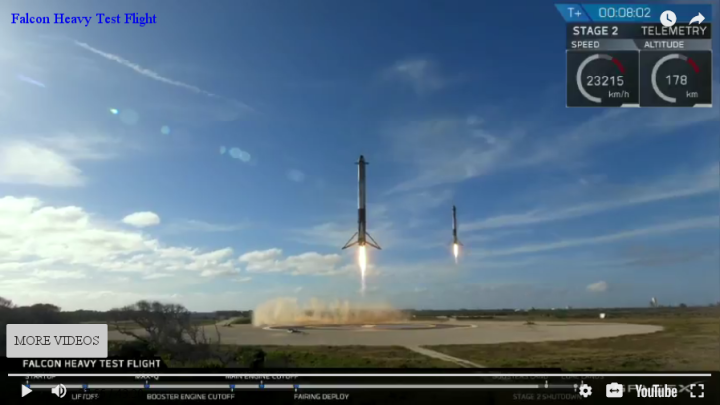Bitcoin-type crypto-currencies slowing SETI search for ET
The mad craze for crypto-currencies like Bitcoin is actually slowing the ability of SETI to obtain the computer chips they need, thus preventing them from expanding their search for alien signals.
Seti (Search for Extraterrestrial Intelligence) researchers want to expand operations at two observatories. However, they have found that key computer chips are in short supply. “We’d like to use the latest GPUs [graphics processing units]… and we can’t get ’em,” said Dan Werthimer.
Demand for GPUs has soared recently thanks to crypto-currency mining. “That’s limiting our search for extra-terrestrials, to try to answer the question, ‘Are we alone? Is there anybody out there?’,” Dr Werthimer told the BBC. “This is a new problem, it’s only happened on orders we’ve been trying to make in the last couple of months.”
Mining a currency such as Bitcoin or Ethereum involves connecting computers to a global network and using them to solve complex mathematical puzzles. This forms part of the process of validating transactions made by people who use the currency. As a reward for this work, the miners receive a small crypto-currency payment, making it potentially profitable.
Crypto-currencies like Bitcoin remind me of the tulip craze of the early 1800s. They have no real value, are not tied to any country and its wealth, and thus are essentially a speculator’s fantasy. A lot of people playing this game are going to be hurt by it eventually.
Posted from Modi’im Ilit, the West Bank. See this essay by me for some background about this place from my previous visits.
The mad craze for crypto-currencies like Bitcoin is actually slowing the ability of SETI to obtain the computer chips they need, thus preventing them from expanding their search for alien signals.
Seti (Search for Extraterrestrial Intelligence) researchers want to expand operations at two observatories. However, they have found that key computer chips are in short supply. “We’d like to use the latest GPUs [graphics processing units]… and we can’t get ’em,” said Dan Werthimer.
Demand for GPUs has soared recently thanks to crypto-currency mining. “That’s limiting our search for extra-terrestrials, to try to answer the question, ‘Are we alone? Is there anybody out there?’,” Dr Werthimer told the BBC. “This is a new problem, it’s only happened on orders we’ve been trying to make in the last couple of months.”
Mining a currency such as Bitcoin or Ethereum involves connecting computers to a global network and using them to solve complex mathematical puzzles. This forms part of the process of validating transactions made by people who use the currency. As a reward for this work, the miners receive a small crypto-currency payment, making it potentially profitable.
Crypto-currencies like Bitcoin remind me of the tulip craze of the early 1800s. They have no real value, are not tied to any country and its wealth, and thus are essentially a speculator’s fantasy. A lot of people playing this game are going to be hurt by it eventually.
Posted from Modi’im Ilit, the West Bank. See this essay by me for some background about this place from my previous visits.

